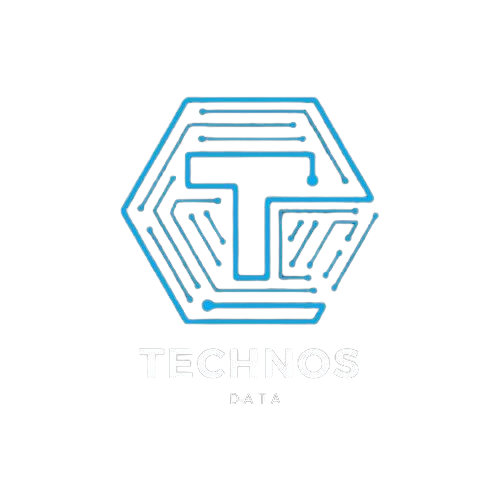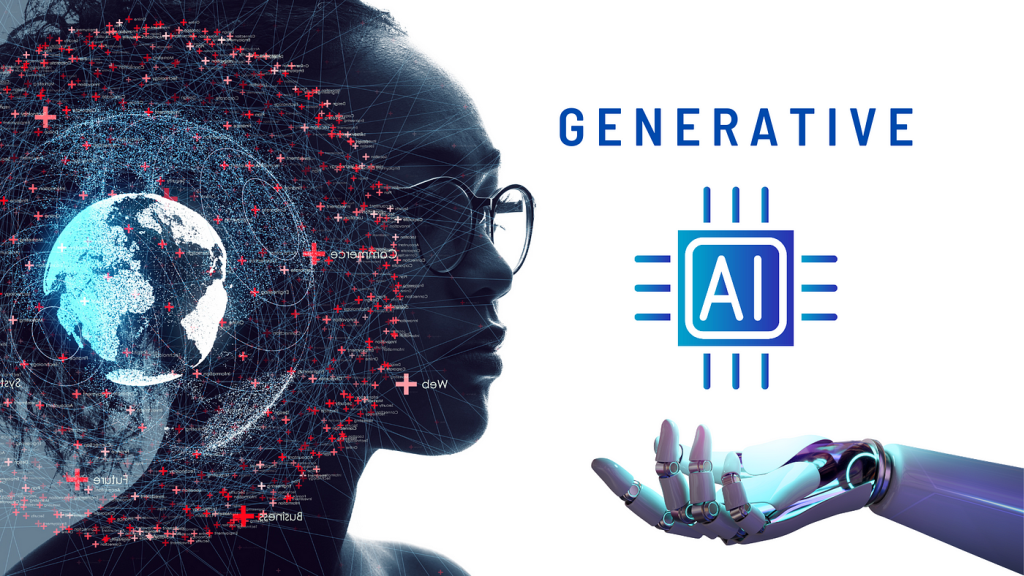The Comprehensive Guide about Generative AI
What is Generative AI?
Generative AI refers to artificial intelligence systems designed to create new content. Unlike traditional AI, which is programmed to recognize patterns and make decisions, produce original content such as text, images, audio, and video. These systems use algorithms and neural networks to learn from vast datasets and generate outputs that closely mimic human creativity. Generative AI is transformative across various industries, enhancing creativity, automating repetitive tasks, and opening new avenues for innovation.
The History of Generative AI
The history of Generative AI dates back to early machine learning experiments. Initial developments in the mid-20th century focused on simple rule-based systems. The field gained momentum with the advent of neural networks in the 1980s and 1990s. Key milestones include the development of deep learning algorithms and the introduction of Generative Adversarial Networks (GANs) by Ian Goodfellow in 2014. These advancements paved the way for sophisticated models like GPT (Generative Pre-trained Transformers), which have significantly advanced the capabilities of Generative AI.
Understanding Generative AI
How Generative AI Works
Generative AI operates on the principles of machine learning and neural networks. These systems are trained on extensive datasets, learning patterns and structures inherent in the data. Core technologies include convolutional neural networks (CNNs) for image processing, recurrent neural networks (RNNs) for sequence generation, and transformers for natural language processing. During training, the AI models learn to generate new data by mimicking the patterns found in the training data, allowing them to produce outputs that appear realistic and contextually appropriate.
Key Components of Generative AI
Generative Adversarial Networks (GANs): GANs consist of two neural networks – a generator and a discriminator – that work in tandem. The generator creates new data samples, while the discriminator evaluates their authenticity. This adversarial process continues until the generator produces data that the discriminator can no longer distinguish from real data.
Variational Autoencoders (VAEs): VAEs encode input data into a latent space and then decode it to generate new data samples. This method allows for the generation of diverse and high-quality outputs by manipulating the latent space.
Transformer Models: Transformers, particularly the ones used in models like GPT-3 and GPT-4, have revolutionized natural language processing. They use self-attention mechanisms to process and generate text, enabling the creation of coherent and contextually relevant language.
Types of Generative AI
Text Generation
Text generation is a prominent application of Generative AI, driven by advancements in natural language processing (NLP). NLP involves understanding and generating human language, enabling applications like chatbots, automated content creation, and language translation. Language models like GPT are at the forefront, capable of generating human-like text based on given prompts. These models have diverse applications, from writing articles and creating dialogue systems to aiding in customer service and personal assistants.
Image Generation
Image generation leverages techniques such as GANs and VAEs to create realistic images from scratch. These algorithms can generate high-quality images by learning from extensive datasets of existing images. Applications in art and design are vast, including creating original artwork, enhancing photos, designing new products, and even generating realistic human faces for use in media and entertainment.
Audio and Music Generation
Generative AI in audio and music involves synthesizing sounds and composing music. Techniques like WaveNet and MuseNet have shown impressive capabilities in generating music that is both original and aesthetically pleasing. These advancements are utilized in various fields, including film scoring, creating sound effects for video games, and producing personalized music experiences.
Video Generation
Video generation involves creating and editing video content using AI. Techniques like GANs and neural networks enable the generation of realistic videos, deepfake creation, and automated video editing. This technology significantly impacts the film and gaming industries, allowing for enhanced special effects, realistic virtual environments, and streamlined video production processes.
Generative AI Uses
Creative Industries
Generative AI is revolutionizing the creative industries by enabling new forms of artistic expression. In art, AI-generated images and sculptures are being showcased in galleries. In music, AI composers create original scores, while in literature, AI tools assist writers in generating prose and poetry. This technology augments human creativity, providing artists and creators with powerful tools to explore new creative frontiers.
Business Applications
In business, Generative AI is used for marketing and advertising by creating personalized content and targeted advertisements. AI-generated visuals and copy can enhance customer engagement and drive marketing campaigns. Additionally, assists in product design and prototyping, enabling companies to visualize and test new products quickly and efficiently. This accelerates the innovation cycle and reduces the time-to-market for new products.
Healthcare and Medicine
Generative AI plays a crucial role in healthcare and medicine by aiding in drug discovery and personalized treatment plans. AI models can analyze vast datasets to identify potential drug candidates, speeding up the research and development process. In personalized medicine, analyzes patient data to develop customized treatment plans, improving patient outcomes and optimizing healthcare delivery.
Education and Training
In education, Generative AI enhances interactive learning tools and provides personalized tutoring. AI-driven educational tools adapt to individual learning styles, offering tailored content that maximizes student engagement and comprehension. Virtual teachers and tutors powered by AI offer personalized support, making learning more accessible and effective.
Future of Generative AI
Trends and Innovations
The future of Generative AI is marked by rapid advancements and emerging technologies. Innovations in AI algorithms and computational power continue to push the boundaries of what is possible. Trends such as the integration of AI with other technologies like augmented reality (AR) and virtual reality (VR) promise to create even more immersive and interactive experiences.
Predictions for the Future
Experts predict that Generative AI will become increasingly integrated into various aspects of daily life, transforming industries and creating new opportunities. The development of more sophisticated and ethical AI systems will address current limitations, paving the way for broader adoption and deeper impact.
Conclusion
Generative AI represents a significant leap in artificial intelligence, with the potential to revolutionize creativity and innovation. As we navigate this transformative technology, it is essential to balance innovation with ethical responsibility, ensuring that the benefits of Generative AI are harnessed for the greater good. Encouraging further exploration and understanding of Generative AI will enable us to fully realize its potential while addressing its challenges.

